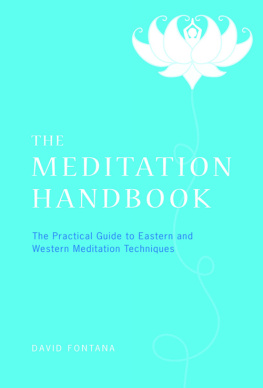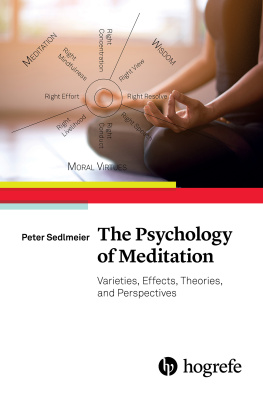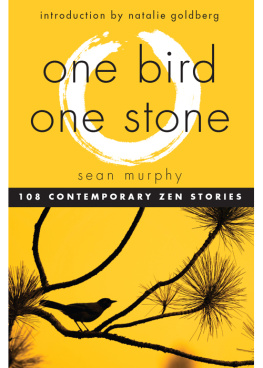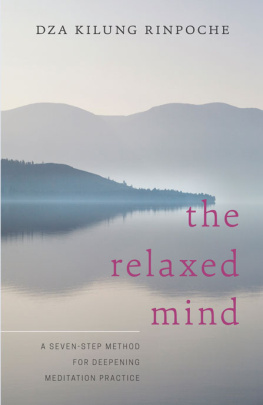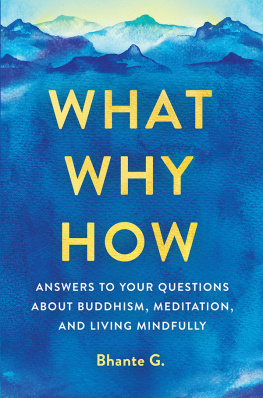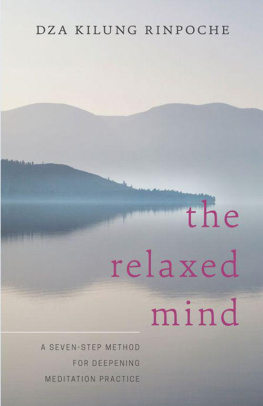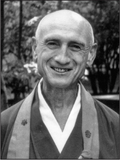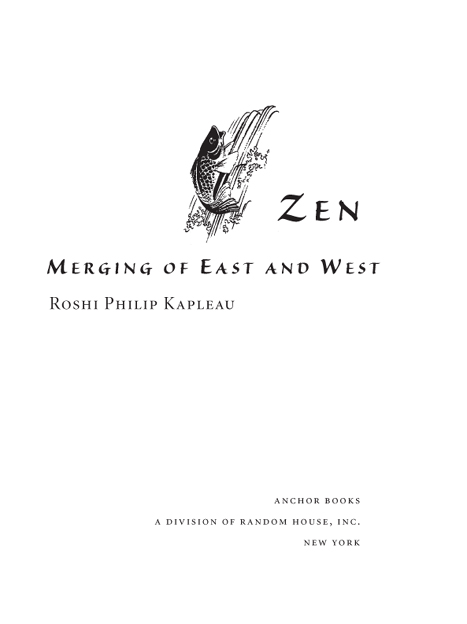R OSHI P HILIP K APLEAU
ZEN
MERGING OF EAST AND WEST
Roshi Philip Kapleau, founder of the Zen Center in Rochester, New York, is the author of The Three Pillars of Zen, To Cherish All Life, The Wheel of Death, and The Wheel of Life and Death: A Practical and Spiritual Guide.
In his youth, Kapleau studied law and became a court reporter, serving for many years in the state and federal courts of Connecticut. At the end of World War II he was appointed chief reporter for the International Military Tribunal at Nuremberg, then sent to cover the International Military Tribunal for the Far East in Tokyo.
In 1953 he gave up his business in America and left for Japan to undergo Zen training. After five years he came to an awakening, then went on to complete eight more years of formal study and training. He was ordained by his teacher, Zen master Yasutani, during that time, and was authorized by him to teach.
Kapleau returned to the United States in 1966 to found the Zen Center in Rochester. The Center has since grown to include affiliated centers in a number of cities in the United States, Canada, Europe, and Central America. In 1986, after twenty years as abbot, Kapleau appointed the Ven. Bodhin Kjolhede as his successor. Roshi Philip Kapleau is now retired and lives at the Rochester Zen Center.
O THER B OOKS BY R OSHI P HILIP K APLEAU
The Wheel of Life and Death:
A Practical and Spiritual Guide
The Wheel of Death
To Cherish All Life:
A Buddhist Case for Vegetarianism
The Three Pillars of Zen

ANCHOR BOOKS EDITIONS, 1980, 1989, 2000
Copyright 1978, 1979, 1989 by Zen Center, Inc.
All rights reserved under International and Pan-American Copyright Conventions. Published in the United States by Anchor Books, a division of Random House, Inc., New York, and simultaneously in Canada by Random House of Canada Limited, Toronto. Originally published in hardcover in the United States by Anchor Press/Doubleday under the title Zen: Dawn in the West in 1979.
Anchor Books and colophon are registered trademarks of Random House, Inc.
A note on the title page illustration: Richard Wehrmans drawing, Carp Leaping Up a Waterfall to Become a Dragon, is taken from traditional Zen imagery. In ancient China a popular fable was that of a carp struggling to reach the crest of a waterfall. After repeated attempts, the carp finally summons up all its energies and in one mighty leap to the top becomes a dragon. Because in the Orient the carp is celebrated for its vigor, perseverance, and couragequalities indispensable for awakeninglarge wooden sculptures of this fish are often found in Zen monasteries. The waterfall represents the spiritual aspirants daily life, and the dragon stands for realized Mind.
Liang Kais drawing of Shakyamuni () appeared in Zen and Japanese Culture by D. T. Suzuki and is reprinted by permission of the authors estate.
The Photograph of the Sixth Patriarch () is taken from Chan and Zen Teaching (Series Three) by Charles Luk and is reprinted by permission of the author.
Hakuins drawing of Bodhidharma () appeared in Zen Dust by Isshu Miura and Ruth Fuller Sasaki, and is reprinted here with the permission of the Marquis Hosokawa Moriatsu, from whose collection it is taken.
Library of Congress Cataloging-in-Publication Data
Kapleau, Philip, 1912
Zen: merging of East and West/Philip Kapleau.
p. cm.
Rev. ed of: Zen: dawn in the West. Garden City, N.Y.: Anchor Press, 1979.
Bibliography: p.
1. Spiritual life (Zen Buddhism). 2. Zen BuddhismDoctrines.
I. Title.
BQ 9288.K37 1989
294.3927dc 19 88-27117
ANCHOR ISBN : 0-385-26104-7
eBook ISBN: 978-0-307-76358-7
www.anchorbooks.com
v3.1
Dedicated to those who wish
not just to seek, but to truly find.
After six years of inner struggle and hard search, Shakyamuni ascended to the highest peak of Mind and saw into the innermost meaning of birth and death, becoming the Buddha, or Awakened One. After first relishing this sublime state and then pondering whether men and women still mired in the mud of greed, anger, and delusion could understand the profound truth realized by him, he descended from this highest of mountains into the world of suffering and began to teach the cause of suffering and the way to overcome it.
The painting radiates a deep stillness, accentuated by the fluttering drapery of Shakyamunis garments and the oblique line of the mountain. The atmosphere conveys the profundity of enlightenment even as the features of Shakyamuni reflect great serenity, wisdom, and compassion. There is nothing otherworldly or mystical here; the Buddha is shown in concrete human form. True awakening, the painting implies, is not a high which keeps one, full of wonder and joy, in the clouds of an abstract oneness, but a realization that brings one solidly down to earth into the world of toil and struggle. The ascent is for oneself, the descent for others.
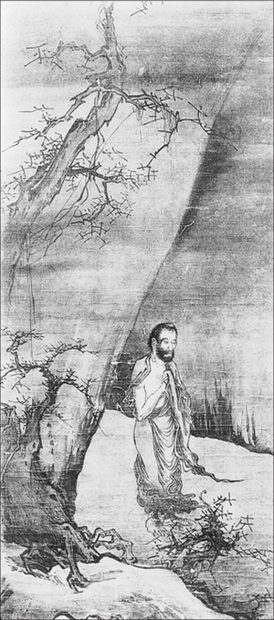
Shakyamuni Descending the Mountain, by Liang Kai (thirteenth century), one of the greatest Chinese Zen painters of the Southern Sung period.
()
CONTENTS
1 Fourth Day
Encouragement Talk
2 Fifth Day
Encouragement Talk
3 Sixth Day
Encouragement Talk
4 Seventh Day
Encouragement Talk
ILLUSTRATIONS
Shakyamuni Descending the Mountain, by Liang Kai
Diagram of levels of consciousness
Diagram of cause and effect in relation to consciousness
Bodhidharma, by Zen master Hakuin
Photograph of body of the Sixth Patriarch
The standing drum
The bowl-shaped gong (keisu)
The wooden-fish drum
FOREWORD
Z EN : M ERGING OF E AST AND W EST is a companion volume to The Three Pillars of Zen. First published in 1965, The Three Pillars of Zen has sold some 150,000 copies in English. To date it has been translated into German, Spanish, French, Portuguese, Dutch, and Polish. It is undoubtedly a classic of its kind and will continue to serve as a manual for Zen practitioners in years to come.
When it was first published, The Three Pillars sounded a clarion call. From the middle sixties through the middle seventies, Roshi Kapleau crossed the length and breadth of America responding to invitations to talk to people in all walks of life. He spoke at colleges, universities, growth centers, and symposia; he appeared before human-potential groups, religious organizations, and encounter groups; he traveled to Canada, Mexico, Costa Rica, Germany, and Poland. His presencehis down-to-earth approach, common sense, and humorconfirmed what had been promised in



